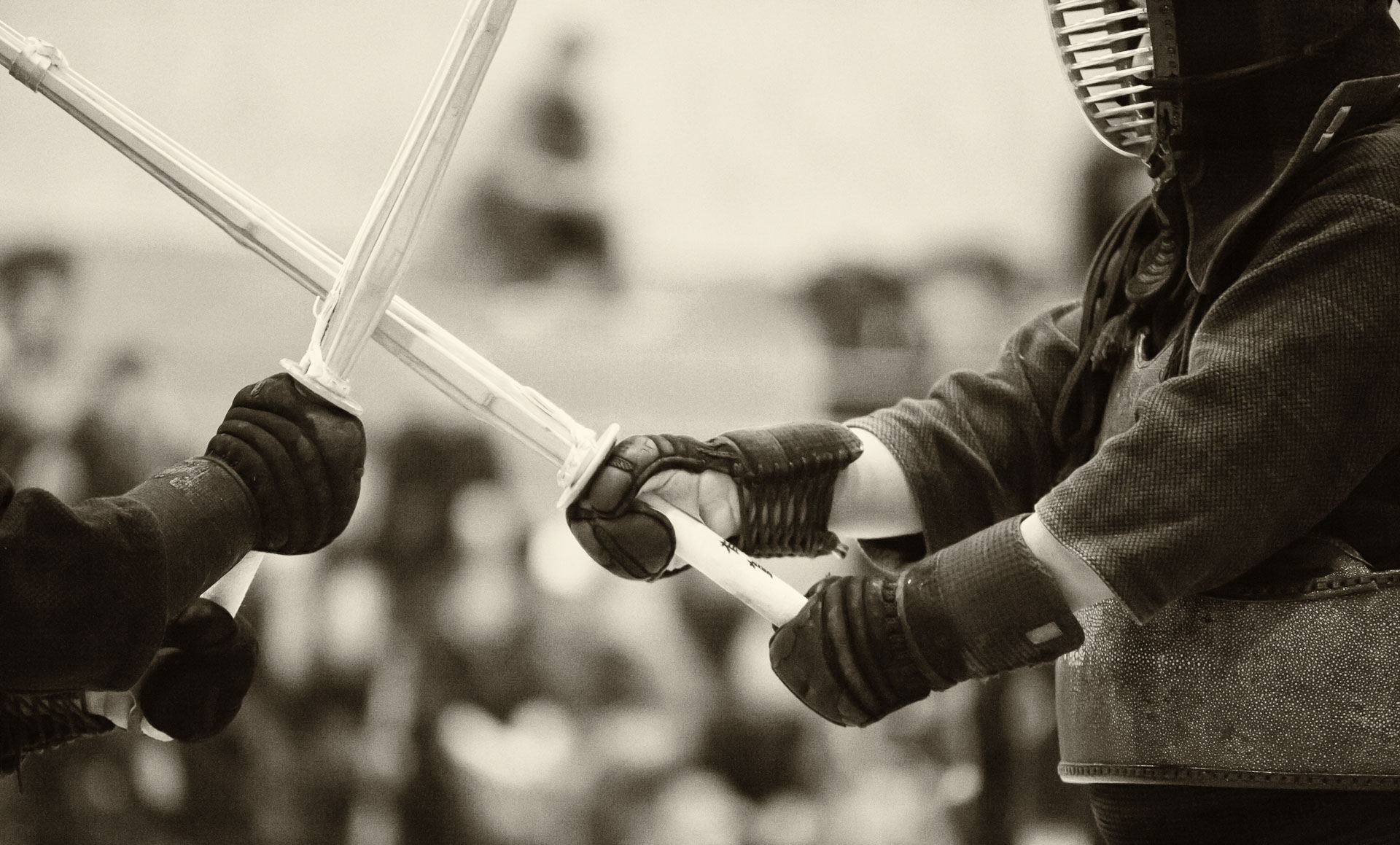
I wrote before about involving people in photoshoots by asking them to model, assist or critique my work. It is especially beneficial to collaborate with other photographers, who are at different levels in terms of their technical skills, creative ability and career. This variety of levels enables one to learn and, just as important, to teach.
In kendo, the continuing development of the technical skill and the philosophical understanding of the way of the sword can be represented by the following diagram. I first learned about it in a kendo seminar, and since then have been using it in my main work as a university professor. I believe the principles apply equally well to photography and, probably, any other serious pursuit in life that involves development of a skill.

- Learning. This is the first stage of the skill development cycle (yes, ultimately it is a never-ending cycle – think about “life-long learning”, a concept that is a bit over-used in academe these days) – acquisition of information. It can take a form of reading a book, being taught by a teacher or a senior colleague/student, etc.
- Processing. In order to make use of the acquired information, we must internally process it, make it “our own”. Examples of this, from different fields, are working through homework assignments or research papers, practicing kendo techniques (waza) until they can be performed correctly and without thinking, practicing different lighting techniques in photography, etc.
- Teaching. This is a less obvious stage, but it is critically important. In order to continue our own development and avoid stagnation at a certain level, we need to share what we learned with others. Teaching requires deep analysis of the subject and communication skills. In order to transmit our knowledge to others, we have to identify the the essence of it.
The arrow that connects “Teaching” and “Learning” in the diagram is very interesting. At some point in teaching, we begin to learn from our students. In a sense, they become our teachers, and the cycle continues. In kendo, this aspect is acknowledged in a very direct way, when both the sensei and the student bow to each other. In photography, I am always grateful when I have an opportunity to answer someone’s question or when someone teaches something to me.





















